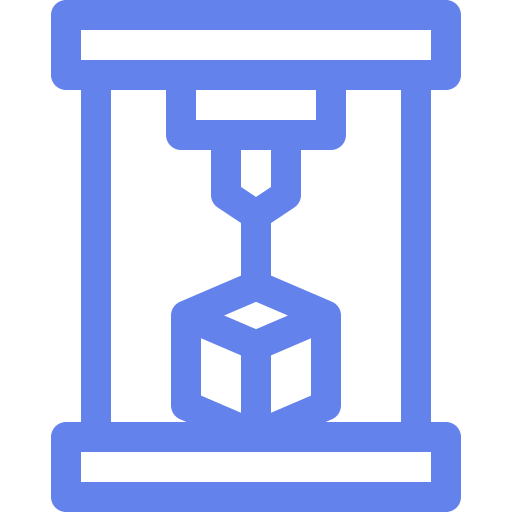Hey there, first post – hope it’s okay to put out a request for some advice. I just started 3D printing a few weeks ago (got an Ender 3 S1) and contrary to seemingly everyone else online, I’ve had no issues whatsoever with bed adhesion, rather the opposite.
Mostly to this point, I’ve been using ‘EconoFil’ PLA from filaments.ca (which was tricky to remove until I bought a better bed spatula-thing). Yesterday I got a roll of Overture ‘Eco-PLA’, which I’ve printed with a couple of times using organic supports, and both times has left a really stuck-on, almost chalky layer of filament on the bed. This isn’t so bad if I’m printing with the same filament afterward, but the Eco-PLA is ‘Midnight Black’ and I want to switch back to the Econofil for another model, which is ‘Bone White’ and I don’t want the bottom to get stained with the leftover Eco-PLA.
Has anyone had any similar issues? Any foolproof technique for removing stubborn, very thin layers?
Personally I use a printed scraper that takes double-sided razor blade to remove prints. I have a homebuilt CoreXY printer with a glass bed, not sure how that compares to you.
Typically, I clean the bed with glass cleaner, then wipe with isopropyl alcohol, then apply a thin layer of glue (just a purple glue stick even spread across the bed). I can get 5-15 prints out of one application, but that removes the residue. Wait until the bed cools down if it’s really stuck on there, usually prints will release much easier after a minute or so (assuming you have a heated bed).
You can also adjust your z offset if bed adhesion is too strong. Some filaments need to be “squished” more than others, even within the same material type.
As a bed scraper, I use a putty knife that I’ve sharpened on one side (chisel grind, #4).
Before printing too-sticky materials (like TPU on my PEI bed), I put down a layer of glue stick. This is sticky enough for successful prints, but easily removed at the end of the print.
The putty knife doesn’t gouge the PEI?
If it’s glass, you can try putting it in freezer for a few minutes, but overall this is a common issue. If it becomes too common for you, upgrading to a flex steel bed is pretty great.
Maybe you are leveling the bed too close to the nozzle. Google some pictures of how a good first layer is supposed to look like and move the bed a little lower so that the first layer has good adhesion but isn’t forced into the bed.
I would recommend a PEI print surface like this: https://www.amazon.ca/gp/product/B08L39BFVJ
Most of my bed adhesion issues (too much or too little) went away once I got this.> Ender 3 S1
EDiT: I should say I only ever printed with PLA since I got the PEI sheet. I know PETG can bond to a PEI surface, so be careful with that.


